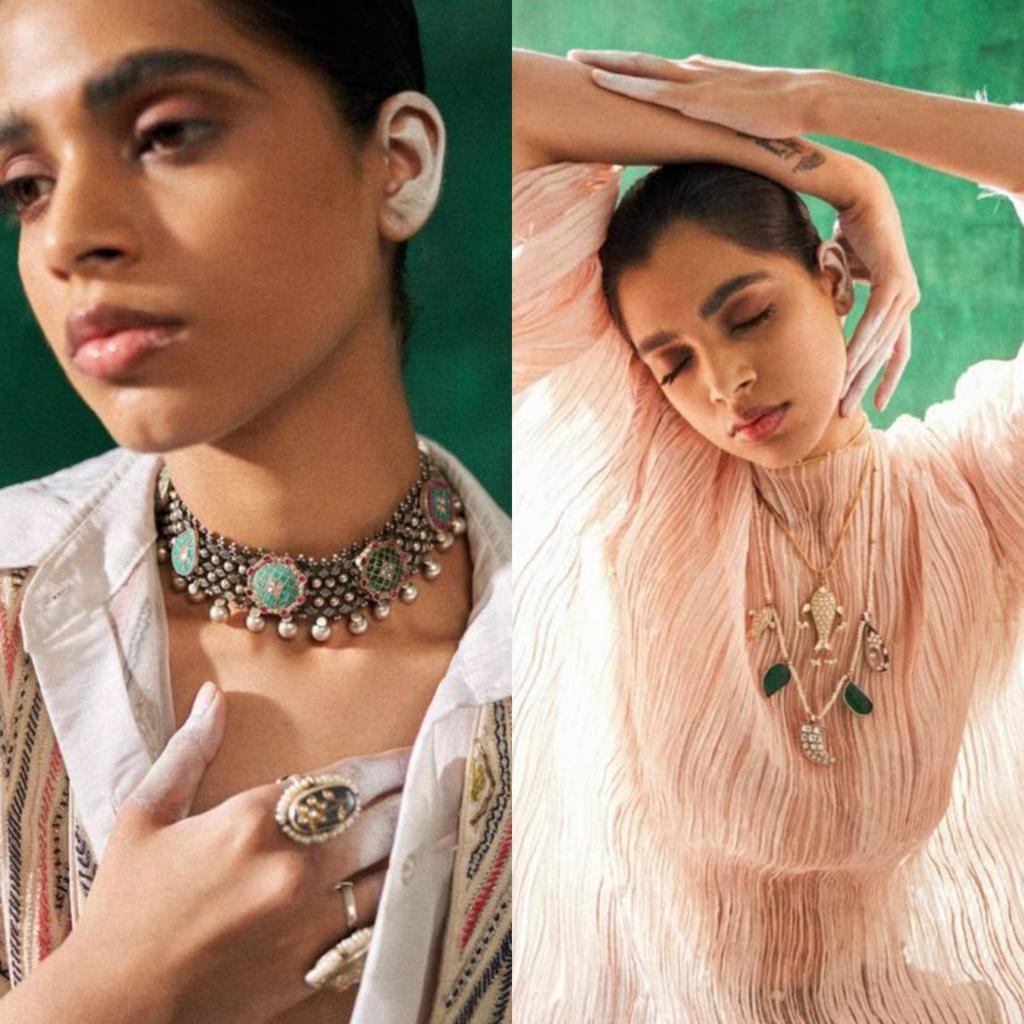Brand Collabs Have Opened Doors For Experimentation
How can established labels step up their game with a booming ecosystem full of young designers and upcoming labels? Prestige brands answer with collaborations and new extensions
“For a label to progress, it is important for the brand to expand and create new products,” says designer Payal Singhal, who has built her brand by merging traditional aesthetics with experimental and future-looking designs – and the label has held its edge since its first steps in 1999. While the designer has completed over two decades in the industry, she has gleaned, like many other designers in the fashion roster, that design alone cannot guarantee success and longevity for brands.
Brand collaborations isn’t new territory for Singhal either, who has experimented with the business model by partnering with brands like Fizzy Goblet, retail name Indya, home décor label Marshalls, and an in-the-works collaboration with jewellery designer Sangeeta Boochra. These joint projects give a break for the designer to explore new territory, build her brand’s signature as a luxury name, and it has been a success so far. “The collaborations also help in increasing the footprint of the Payal Singhal clientele and have a larger audience for the products and the brand. When we collaborate, the most important thing for our brand is to think about the synergy of the two brands,” explains Singhal.
The extension opens the door for a larger audience to explore the label, providing accessibility and versatility to the brand name. Payal Singhal’s goal behind her collaborations is similar. “It’s like the PS girl walking into the store to buy a PS outfit and if she happens to find a piece of jewellery that comes with a similar aesthetic that she can wear with the outfit in multiple different ways is definitely a bonus,” says Singhal.
“For a label to progress, it is important for the brand to expand and create new products,” says designer Payal Singhal, who has built her brand by merging traditional aesthetics with experimental and future-looking designs – and the label has held its edge since its first steps in 1999. While the designer has completed over two decades in the industry, she has gleaned, like many other designers in the fashion roster, that design alone cannot guarantee success and longevity for brands.
Brand collaborations isn’t new territory for Singhal either, who has experimented with the business model by partnering with brands like Fizzy Goblet, retail name Indya, home décor label Marshalls, and an in-the-works collaboration with jewellery designer Sangeeta Boochra. These joint projects give a break for the designer to explore new territory, build her brand’s signature as a luxury name, and it has been a success so far. “The collaborations also help in increasing the footprint of the Payal Singhal clientele and have a larger audience for the products and the brand. When we collaborate, the most important thing for our brand is to think about the synergy of the two brands,” explains Singhal.
The extension opens the door for a larger audience to explore the label, providing accessibility and versatility to the brand name. Payal Singhal’s goal behind her collaborations is similar. “It’s like the PS girl walking into the store to buy a PS outfit and if she happens to find a piece of jewellery that comes with a similar aesthetic that she can wear with the outfit in multiple different ways is definitely a bonus,” says Singhal.
